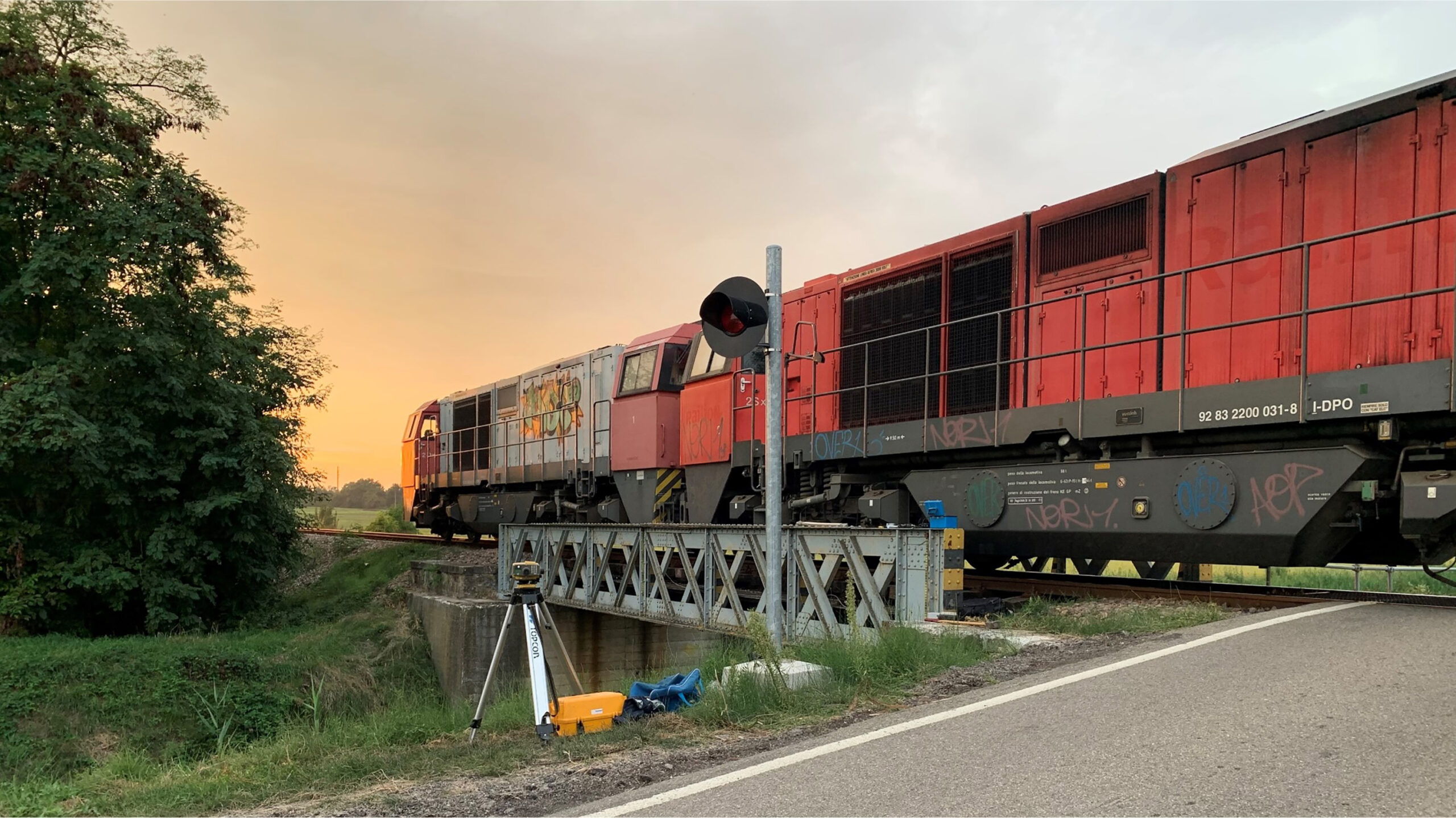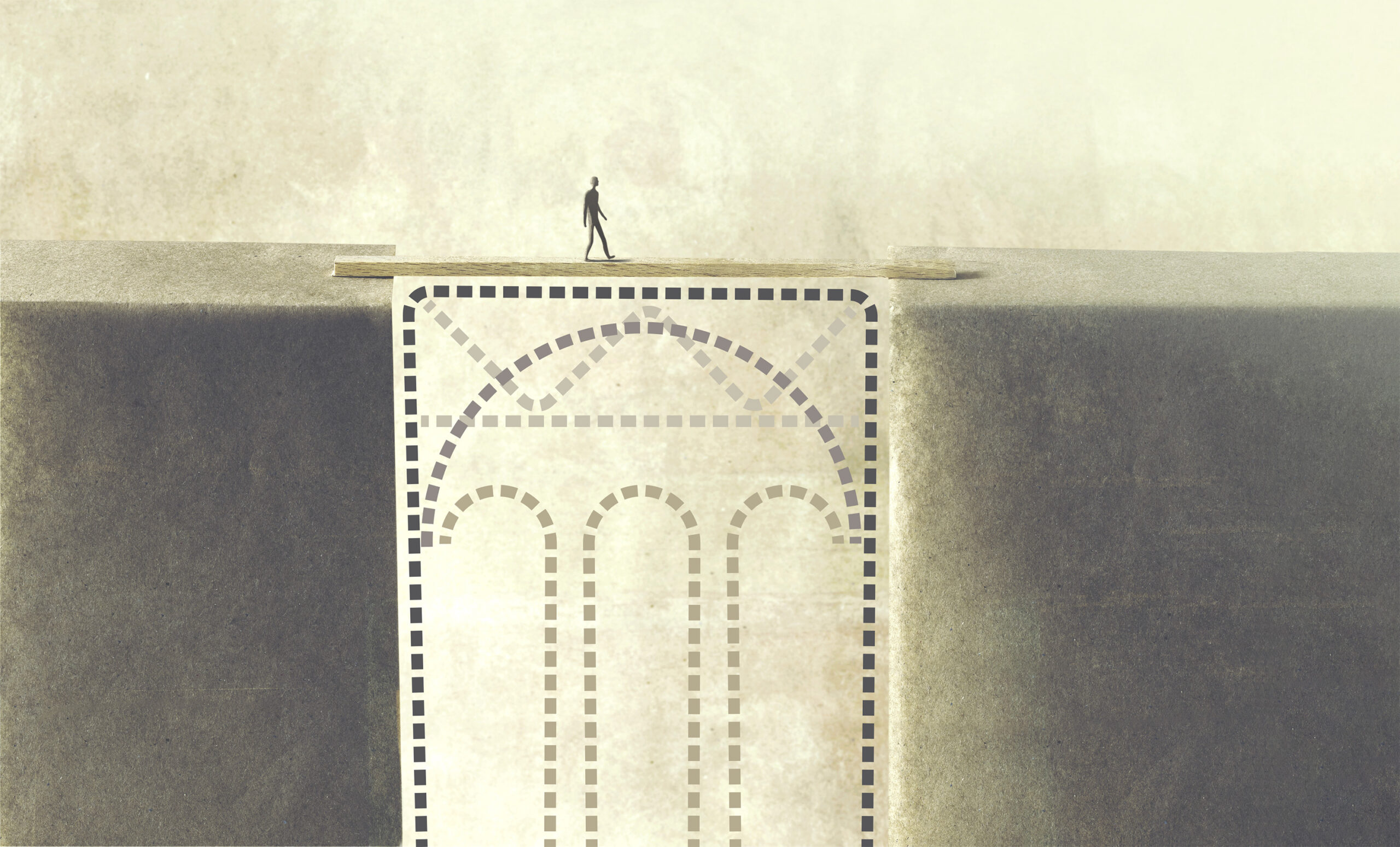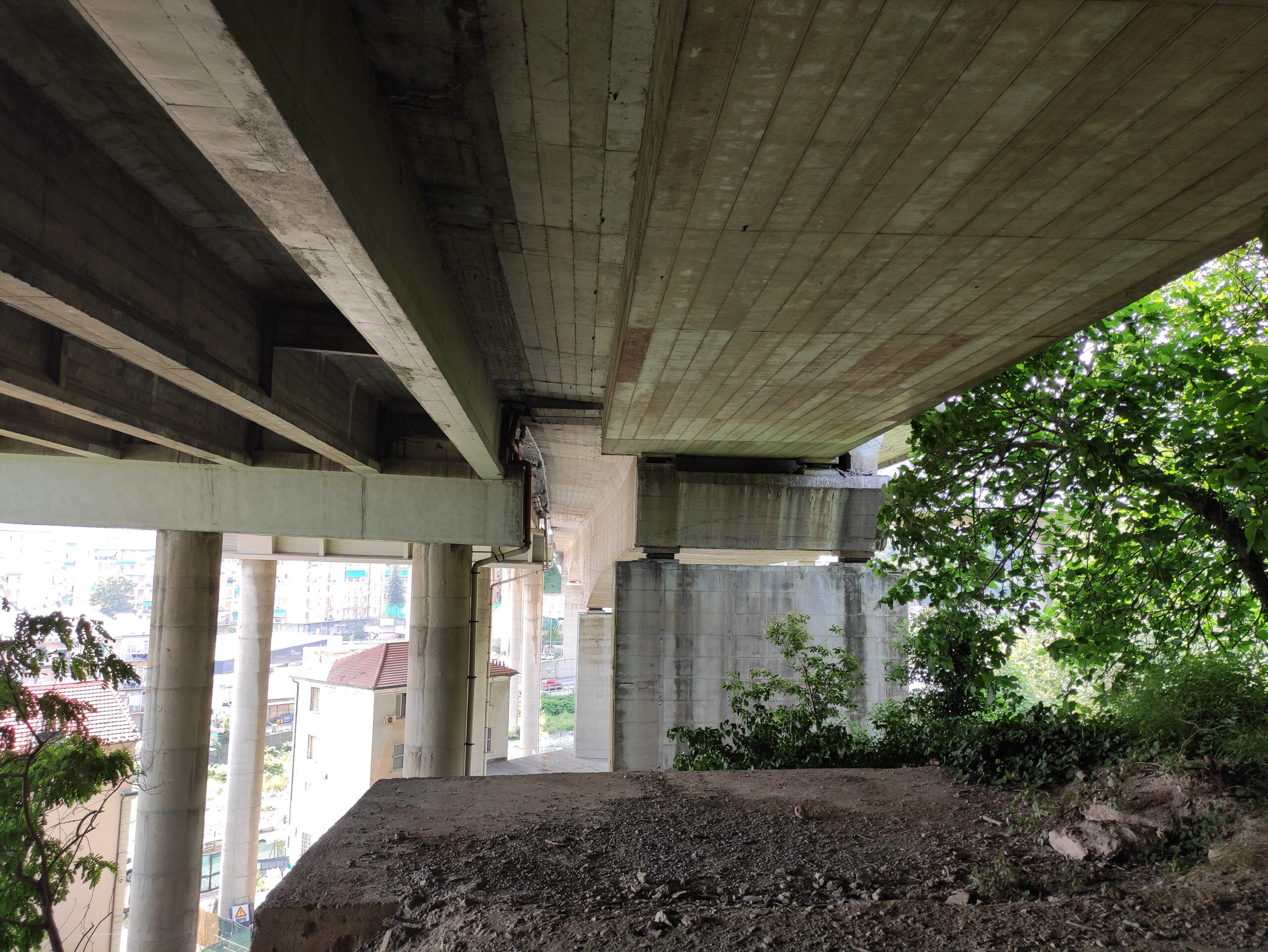Checks on the seismic vulnerability and structural resistance of bridges
Ensuring the safety of infrastructure heritage.
In Italy, experts and legislators only began to pay attention to seismic surveys and checks on buildings and infrastructure at the end of 2002, after the earthquake in Molise had caused the catastrophic collapse of a school. Almost 16 years later, in the summer of 2018, the case of the Viadotto Polcevera, also known as the Morandi bridge, forced the rapid approval of new legislation including on the structural resistance of existing works.

Dealing with checks on the seismic vulnerability and structural resistance of bridges means not only carrying out a diagnosis of existing works but also encountering a variety of construction methods, materials and fulfilment times. It means trying to reconstruct the past of each infrastructure that no-one knows. It means manoeuvring amongst original projects, designs and reports, sometimes completely outdated, and ascertaining the correspondence between what has been declared and what is found in the field. In Italy, bridges built in the early 20th century or after the Second World War are inspected much more often than more recently built ones.
After the collapse of the Morandi bridge, the census and monitoring of the existing infrastructure began. This work quantified that about 50% of the entire national heritage of structures did not sufficiently comply in terms of either maintenance or structural resistance to satisfy the Italian legislation in force.
The situation is, at least partly, different for railway bridges and viaducts which have been subject to checks on structural resistance for some time.

Among the first in Italy
NET Engineering has acquired experience in this sphere; before 2018, the company had started to conduct static structural analyses, and often seismic ones too, on railway infrastructures, developing a very specific – and pioneering – skill on operations on existing works in Italy. To date, NET Engineering has provided assessments of the seismic vulnerability and structural resistance to operating loads in accordance with the new legislative framework to various Italian road and rail infrastructure operators for a total of more than 200 works analysed.
The experience gained by NET Engineering in this sphere and the constant discussions with Consorzio FABRE, which has promoted and co-ordinated research on the assessment and monitoring of bridges, viaducts and other structures since 2020, have enabled the development of specific expertise in the analysis of the works.

Based on the structural type and the conservation state of the infrastructure or buildings, the plan of geotechnical-structural surveys and appropriate inspections in situ can be arranged for the conscious definition of the knowledge levels and confidence factors on which to base the analyses and calibrate the check criteria. First of all, the deteriorations are studied and, from these, indications on the specific areas of each infrastructure which should be surveyed can be provided. Today, there are sophisticated instruments giving a true X-ray of a work. In addition, the use of drones allows critical points to be perceived even in areas difficult to access, making ad hoc operations possible. After the interpretation of the data supplied and all the analyses set out by the new legislative framework (static or dynamic, linear or non-linear), the state of health is established and the structural resistance of the work established.
Then, in agreement with the client, the most adequate methods of operation are assessed to ensure the improvement or upgrading for seismic and static action. The conservation of existing works is certainly more sustainable than their demolition and reconstruction from scratch. Yet it is essential to have understood and accepted that signing a project declaring the fitness of an infrastructure to carry out its function for a further period means assuming an enormous civil and criminal responsibility as, in effect, the onus of partial knowledge of the work referring to the period spent on it and the maintenance and monitoring not implemented in the past is accepted. This responsibility requires consciousness and awareness as it concerns the safety and efficiency of the Italian infrastructure heritage so that it can continue to be used respecting the law.



